It’s not very often that you see two genre-defining games release at the same time, but that’s exactly what happened with Starfield and Baldur’s Gate 3. Though their approaches to player freedom and choice may differ, they both represent huge leaps forward in what gamers can expect from a roleplaying experience.
And yet, the question has emerged among RPG fans and those involved in the wider sphere of gaming: Which game is the better RPG? We’re here to determine just that by comparing the games against each other in several categories.
Scope and Scale

When it comes to sheer size and scope, both titles are impressively massive experiences.
Baldur’s Gate 3 features an impressive suite of areas for you to explore and mess around in across its three Acts, all of which stem from your usual DnD settings. There are sprawling forests, vast underground catacombs, and bustling cities for you to get lost in for hours on end as you make your way across the planet of Faerûn.
The game doesn’t force you to rush through these areas either. It’s possible to spend dozens of hours in a single act, poking around every nook and cranny of an area to make sure you’ve uncovered every last secret or useful item. As a result, the game makes good on its promise of an experience that could draw you in for hundreds of hours.
When compared against Starfield though, all that feels minimal at best. Bethesda’s sci-fi epic offers the same level of exploration and freedom, but on a universal scale. Instead of being confined to a single planet, you can travel to hundreds and even thousands of other planets over the course of a single playthrough via a wide variety of ships.
Most all of these planets are explorable too, meaning you could feasibly spend several hundred or even thousands of hours delving deep into what the game has to offer in a single playthrough.
Winner: Starfield
We’d be remiss if we didn’t give this category to Starfield. The sheer size of the experience on offer is clear to see within the game’s first few hours, and doesn’t shrink much even a hundred hours in. Baldur’s Gate 3 is still a beefy game in its own right, but it’ll never feel quite as massive when held up against the spacefaring epic.
Player Choice and Interactivity
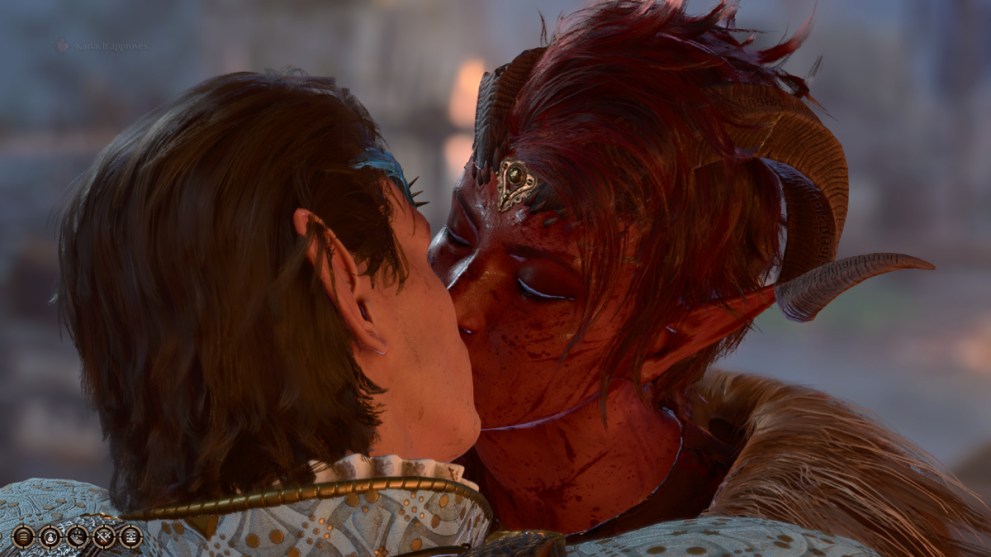
In terms of player choice, both games can be highly customizable experiences that see your decisions impact the experience.
Both allow you to create a custom character, tweak their background and affiliations, and otherwise determine how they’ll affect the world around them with dialogue choices. You can likewise assist, romance, manipulate or murder a variety of characters in equal measure, which can drastically impact if and how you see their stories play out.
Gameplay-wise, it’s much the same scenario. For every situation in Starfield where you can choose to smash your way through a problem and alter the story, there’s a near-perfect counterpart in Baldur’s Gate 3, albeit in a fantasy setting instead of a sci-fi one.
Whereas Starfield does present a hard cap on what you can influence though, Baldur’s Gate 3 can feel endless in its possibilities for player interactivity. Choices made at the start of the game can have clear reverberations in the story dozens of hours later, affecting whether characters trust you. A door you can no longer lockpick can be busted down with an ax, and you can bypass entire sections of the game because you chose to explore a certain area or speak to a specific NPC at the right time.
Winner: Baldur’s Gate 3
This category has to go to Baldur’s Gate 3. While it may be a gross exception compared to other offerings from the RPG genre, its potential for players to impact and manipulate its world — and create one of a kind experiences as a result — makes Starfield feel rigid by comparison.
Story and Ending
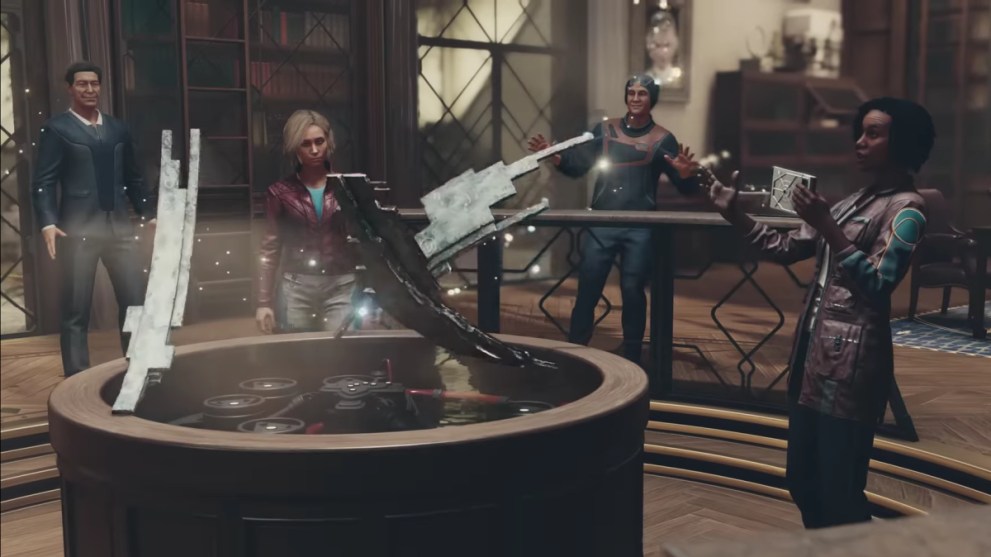
An RPG isn’t worth much if it doesn’t have a good story with a worthwhile payoff. Fortunately, both Starfield and Baldur’s Gate 3 provide some impressive narrative experiences.
Baldur’s Gate 3 carries all the trademarks of a grand DnD campaign. A motely crew of damaged adventurers must band together to stop a devious plot that threatens the land with a Mind Flayer invasion, and there are plenty of problems they must solve along the way as a result. As part of the process, they’ll also have to deal with their own personal demons or else they may not achieve the happy ending they seek.
In addition to these overarching storylines, there’s also plenty of opportunity for finding stories that only emerge based on your choices. These in turn impact the game’s ending, which can go in several different directions based on all of your choices throughout the game.
In contrast, Starfield provides a more tempered but equally worthwhile tale. Much of its plot is centered around discovery, with the player character trying to unravel the meaning and power behind cosmic artifacts of untold power and worth. Though it eventually becomes more conflict-driven, the story largely maintains this feeling right up to the ending and gives the overall experience a much calmer vibe than other RPGs.
The same can be said for the game’s many side quests, though there is more variety in their tones and what they offer. About the only downside is that your choices for impacting the ending and overall story are limited, with minimal differences between one ending and another based on what you chose to do.
Winner: Starfield
Starfield narrowly ekes out a victory here. While it might not be as exciting of a narrative, Bethesda Game Studios’ epic pulls ahead thanks to how its endings feel slightly more impacted by the choices you make; and, as a result, come off as more personalized.
Visual and Audio Presentation
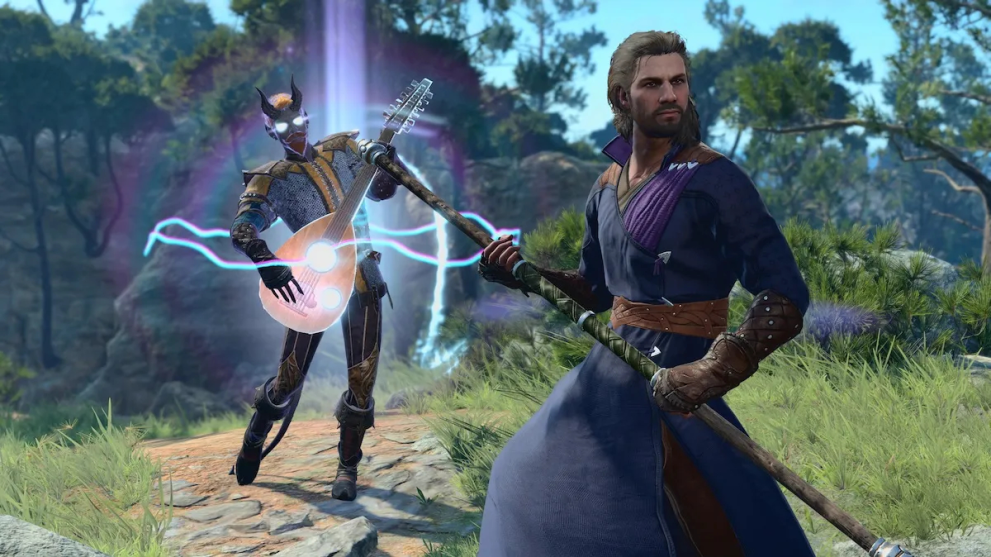
While they may not be quite as paramount as the writing or interactivity, graphics and audio are still an integral part of an RPG. Luckily, neither title disappoints in these areas.
Graphically, both offer a fairly realistic graphical art style, but Baldur’s Gate 3 veers more into a fantasy art style for its settings and less human characters. This works great for disguising some of the game’s shortcomings, with blurrier textures and less appealing visuals hidden beneath a more stylized aesthetic and top-notch facial capturing for characters. Best of all is that it can do this even if one’s hardware isn’t up to snuff, meaning you don’t lose much by tweaking your settings.
Starfield, meanwhile, swings for the fences with its realistic graphics. Everything from the texture of planet surfaces to the nuances of characters’ facial animations can be exceptionally detailed, resulting in one of the most immersive visual experiences players could hope for.
Or at least, it does in theory. In practice, it can be too technically demanding for many players’ hardware, resulting in stuttering and lagging that makes the game unplayable. Some changes to your settings can fix this issue, but it comes at a noticeable hit to the quality of the visual splendor all around you.
As for audio, both games offer some next level voice acting, sound effects, and soundtracks. Both offer very different tones, but they masterfully convey the emotion and weight needed to compliment the visuals, writing, and gameplay perfectly.
Winner: Baldur’s Gate 3
Baldur’s Gate 3 takes the crown in this area, mostly thanks to the fact that it adheres to the “less is more” mantra. Starfield can certainly be impressive both graphically and in terms of its audio, but the fact that it’s so demanding ensures few players will ever see it in its true glory.
Replayability
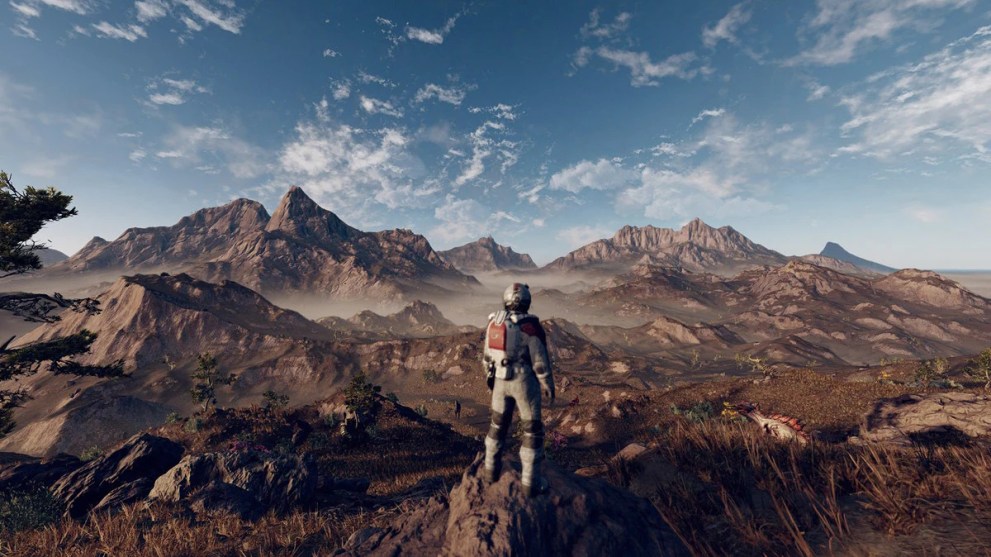
The mark of a truly great RPG is whether or not it can bring players back into it again and again, and both of these titles have the potential to do so.
Starfield’s sheer size ensures that players could feasibly play it forever. Whether they want to dig into its story and earn every possible outcome or explore all of its many celestial bodies, fans of the game won’t be left too hungry for some form of content they haven’t seen before; or at least, haven’t seen in a specific way.
The only downside is that there isn’t much players can do that’s new once they’ve completed everything the game offers. To be sure, there are some different dialogue bits tied to different endings based on your choices, but those are minimal rewards for experiencing the same narrative and carrying out missions in largely the same way.
Baldur’s Gate 3, however, is almost tailor-made to be replayed over and over again, and rewards players for doing so. Its incredible amount of interactivity means that different builds and characters can move through the game in drastically different ways, showing players something different each time. A playthrough as a Bard will see players create vastly different solutions to problems compared to a Barbarian, and both can be a far cry from how a Sorcerer or Paladin would solve a dilemma.
And this isn’t even factoring in the different outcomes to narratives one can get just by playing as a different main character. Choosing a different template character can lead to some huge revelations that weren’t made available in another playthrough. This is especially true if you opt to try out the specially-crafted Dark Urge option, which has a special storyline that isn’t available to any other character.
Winner: Baldur’s Gate 3
Baldur’s Gate 3 takes this category handily. While the scope of Starfield is several times greater, it doesn’t offer nearly as much meat for players to dig into with new and repeated playthroughs.
Overall Winner: Baldur’s Gate 3
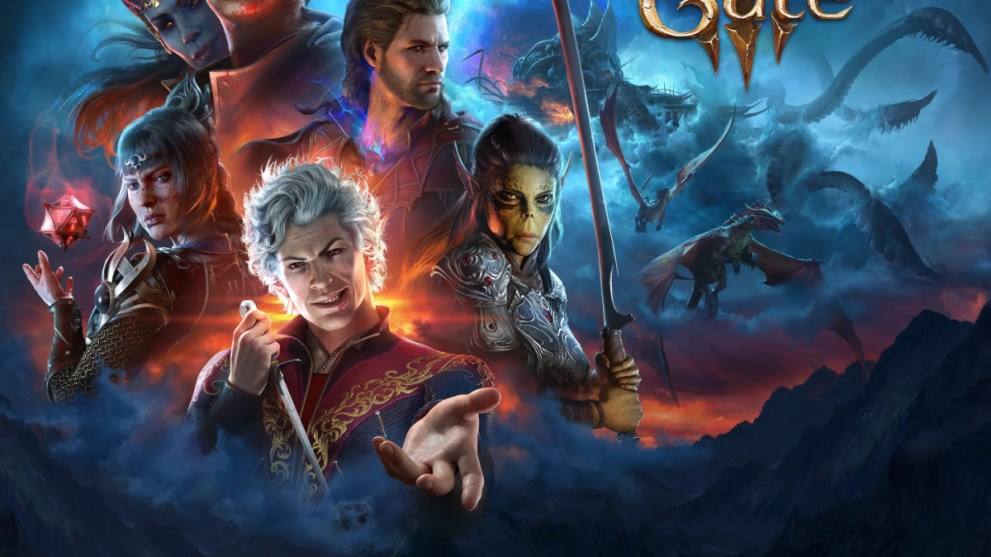
It was a close contest, but Baldur’s Gate 3 stands victorious over Starfield as the better RPG. Its bonkers amount of interactivity, paired with solid visuals and an exceptional amount of replayability, ensure it can stand among the all-time greats of the genre with ease. If you can choose only one of these stellar roleplaying experiences to play, make sure it’s Larian Studios’ fantasy epic.
With that said though, both games are still well worth your time. Regardless of which you choose to play, you can find other articles related to them down below.

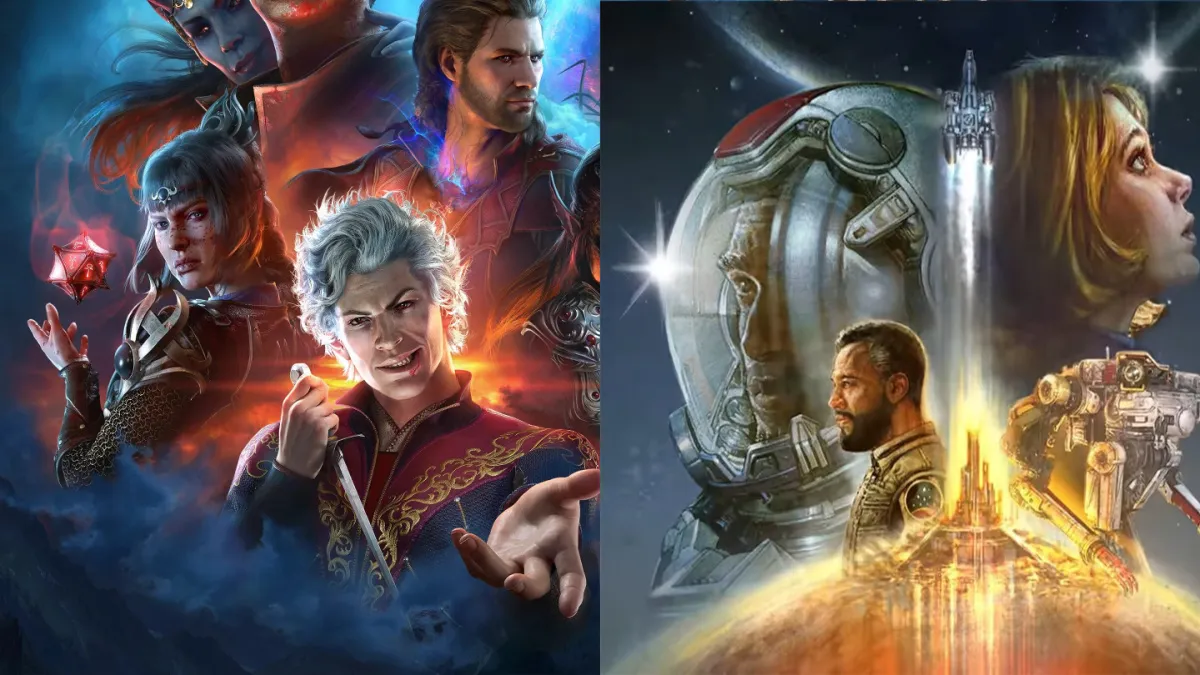











Updated: Sep 11, 2023 07:43 pm